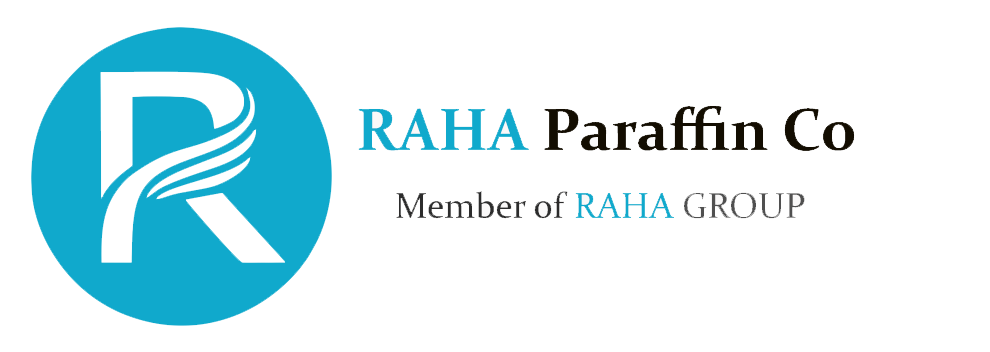Linear Alkyl Benzene (LAB)

Linear Alkyl Benzene Description
Linear alkyl benzene (LAB) with the formula C6H5CnH2n+1 (also known as detergent alkylate) is a cost-effective and biodegradable intermediate in the production of detergents and surfactants.
Recently, due to the spread of the Coronavirus and the high global need for detergent, the production of LAB is essential. Kerosene is the raw material of linear paraffin with high purity, which are finally converted to linear olefins by dehydrogenation.
The linear mono-olefins react with benzene in the existence of the catalyst to produce LAB which is used to produce linear alkylbenzene sulfonate (LAS), as a biodegradable detergent. The main methods for the production of LAB, including HF and Detal processes were studied and compared with each other.
In Detal method, many compounds such as zeolites and metal oxides have been used to make solid catalysts with selectivity, long life, economic efficiency and high safety. Nowadays, most LAB production units have used the Detal process.
LABs are the most important raw material used in the manufacture of detergents. The highest production of these substances was during the alkylation reaction of benzene with linear olefins employing homogeneous acid catalysts during the Friedel–Craft reaction. These catalysts cause corrosion in the devices and damage to the environment.
Nowadays, solid acid catalysts that are not easily recoverable and do not have the disadvantages of homogeneous catalysts have received much attention. Alkylbenzene sulfonate forms the basis of synthetic detergents, first obtained by Friedel–Craft benzene alkylation with 12-carbon paraffins, and the alkylbenzene sulfonate produced under these conditions had branch. The produced synthetic detergents were then acquired by sulfonation of benzene dodecyl with fuming sulfuric acid and neutralization with caustic soda or sodium carbonate.
Dodecylbenzenes, although effective detergents, were not biodegradable by bacteria due to their branching into the environment and polluting the seas and water sources. In the early 1960s, in many European countries, Japan and the United States, alkylbenzene sulfonates were substituted for dodecylbenzene sulfonates. Aromatic compounds are difficult to degrade in the environment and LAB is a derivative of aromatics. Due to superior biodegradation, linear alkylbenzene sulfonates were substituted for branched dodecylbenzene sulfonates.
In the late 1960s, the dodecylbenzene sulfonate was largely replaced by LAS in the United States, Japan, and many European countries. In addition, in the late 1970s, with the installation of facilities worldwide, the capacity of alkylbenzene sulfonate increased linearly. LAB now accounts for almost the entire production of alkylbenzene sulfonates and its demand enhanced from 1 million metric tons per year in 1980 to 1.8 in 1990.
After experiments performed by researchers, it was found that linear alkylates could be easily decomposed. Since then, LAS has been commercially introduced as a surfactant, with annual production in the United States, Japan and Western Europe of approximately 7.7%. It was 1 million tons. Extensive studies have been performed on LAS and its degradability behavior and it was found that its ecological effects can be controlled by consumption today. The total capacity of LAB products was about 2.8 million tons in 2002. Production of LAB in the United States is currently more than a billion pounds a year, and global usage will grow at a rate of 3.6%, annually. It can also present specific challenges on a commercial scale; alkylation spatial selection is difficult to control. There is an important rise in market demand for 2-phenyl isomers, forming aromatic polyalkyl and tetralin products should be minimal.
The technology of LAB has almost replaced the old branched alkylbenzene technology surfactants based on enhanced biodegradation and cost-effectiveness. Today, the method of choice is the creation of normal paraffin to normal olefin, followed by alkylation of benzene to form LAB. The method based on solid catalysts is developing to replace HF acid units slowly to guarantee environmental safety and expand the economy.
Many materials such as clays, zeolites, aluminum chloride and various types of metal oxides, have been appraised for this process as solid acid catalysts. Currently, only Detal technology is commercialized. Significant progress is being made due to continuing important studies on the catalyst properties and reaction mechanism which improves catalytic selectivity, and long stability of these solid acids at profitable operational circumstances.

